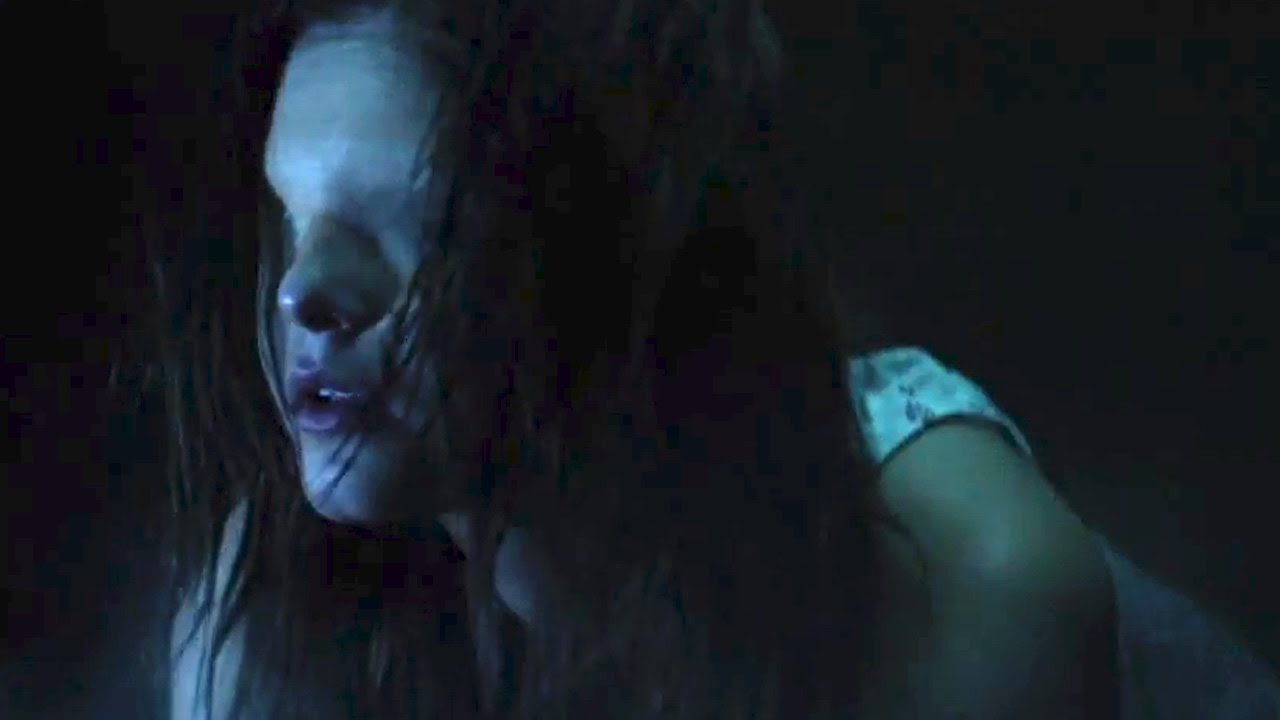The Grudge
by Hope Madden
Any time a film is remade, you have to ask why. Not to be cynical, but because it’s a legitimate query. Is there a compelling reason to watch this new one?
Nicolas Pesce hopes there’s reason to watch his retooling of The Grudge.
The Grudge began in 2000 with Takashi Shimizu’s Japanese horror Ju-on, which spawned three Japanese sequels and now four English language reworkings, two of which Shimizu directed himself. His 2004 version starring Sarah Michelle Geller became a tentpole of our J-horror obsession of the early 2000s.
Pesce, working with co-writer Jeff Buhler (The Midnight Meat Train—that was your first problem), pulls story ideas from across the full spate of Ju-on properties and braids them into a time-hopping horror.
Is there room for hope? There is, because Pesce landed on horror fanatics’ radars in 2016 with his incandescent feature debut, The Eyes of My Mother. He followed this inspired piece of American gothic in 2018 with a stranger, less satisfying but utterly compelling bit of weirdness, Piercing.
And then there’s this cast: Andrea Riseborough, John Cho, Lin Shaye, Betty Gilpin, Jacki Weaver, Frankie Faison, Damian Bichir—all solid talents. You just wouldn’t necessarily know it from this movie.
Pesce’s basically created an anthology package—four stories held together by a family of especially unpleasant ghosts. But that one sentence contains two of the film’s biggest problems.
Let’s start with the ghosts. Shimizu’s haunters—Takako Fuji and Yuya Ozeki—were sweet-faced, fragile and innocent seeming. The perversion of that delicacy is one of the many reasons Shimizu’s films left such a memorable mark. Pesce’s substitute family loses that deceptive, macabre innocence.
The way the film jumps from story to story and back again undermines any tension being built, and each story is so brief and so dependent on short-hand character development (cigarettes, rosaries, ultrasounds) that you don’t care what happens to anyone.
Jacki Weaver, who seems to be in a comedy, is wildly miscast. Go-to horror regular Shaye has the only memorable scenes in the film. Riseborough, who is a chameleonic talent capable of better things, delivers a listless performance that can’t possibly shoulder so much of the film’s weight.
Jump scares are telegraphed, CGI and practical effects are unimpressive, editing is uninspired and, worst of all, the sound design lacks any of that goosebump-inducing inspiration Shimizu used to such great effect.
So, no. There was no reason to remake The Grudge.



